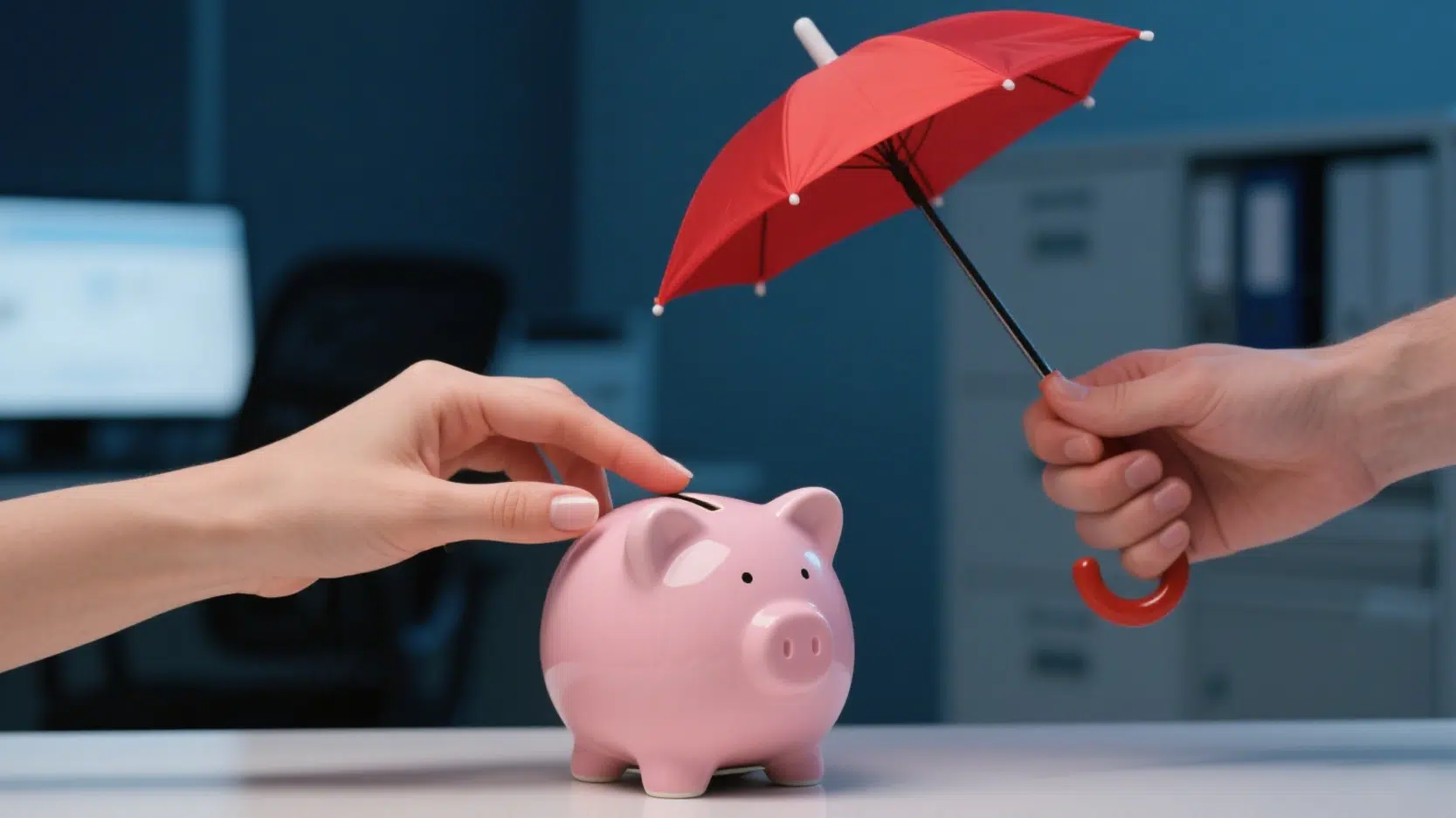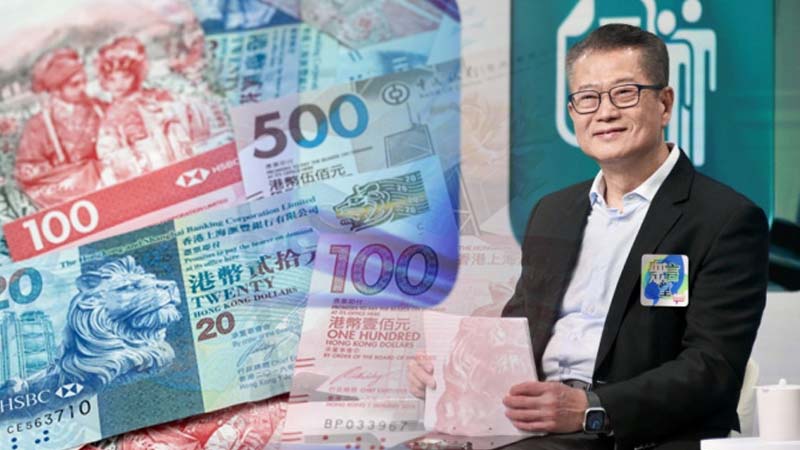What Are Safe-Haven Currencies? A 2024 Guide to the Top 3, Gold, and Government Bonds
The Market is Volatile, Is Your Wallet Safe? A Guide to Understanding Safe-Haven Currencies
Has the recent market volatility made you nervous? Whether it’s geopolitical tensions or unexpected economic data, your investment portfolio might feel like it’s on a rollercoaster. In times like these, smart investors are all talking about one topic: “safe-haven currencies“.
So, what exactly are safe-haven currencies? Simply put, they are like “Noah’s Ark” in the storm of the financial markets. When people feel uncertain about the future and start selling off high-risk assets like stocks, capital flows into these currencies recognized as “safe” for protection. These currencies typically come from countries with strong economies and political stability. Their purpose is to help you protect your hard-earned money amidst turbulent waves. Curious about which currencies are considered safe havens? Follow this seasoned guide, and let’s unveil their mysteries together!
What Makes a Currency a Safe Haven? Unveiling the Four Pillars
Not just any country’s currency can be labeled a “safe haven.” To become a globally recognized sanctuary for capital, it must have some serious credentials. These four pillars are indispensable:
Economic Stability
Think of this as a ship’s tonnage—the larger the tonnage, the more stable the voyage. A country with a large, mature, and developed economy naturally has a more credible currency. Take the United States, for example. Its colossal economic status allows the US dollar to remain as steady as a mountain in a storm, making it everyone’s top choice for peace of mind.
Political Stability
If a country is constantly in political turmoil with policies changing overnight, would you dare to put your money there? Of course not! Switzerland is the perfect example. Its long-standing policy of neutrality and stable political environment have made the Swiss franc (CHF) a recognized “safe deposit box” in the financial world. Political stability means the currency’s value won’t fluctuate wildly due to internal unrest.
Market Liquidity
High liquidity is like finding a taxi anywhere in a popular tourist spot—you can always get a ride (buy or sell) when you want to, without fear of being “stuck” in the middle of nowhere. The massive global trading volumes of the US dollar (USD) and Japanese yen (JPY) ensure that you can enter and exit the market quickly at any time, which is a key prerequisite for their safe-haven function.
International Recognition
When a currency is widely accepted and used globally, its status is hard to shake. As the world’s primary reserve and trade settlement currency, the US dollar is like the “universal language” of the international financial world. Since everyone recognizes and needs it, its value is naturally backed by the most solid guarantee.
💡 Recommended Article
Want to build a strong investment foundation? This article will guide you from scratch on how to analyze macroeconomic factors that affect exchange rates, providing strong support for your investment decisions.
Forex Investing for Beginners: Demystifying Fundamental Analysis
The Top Three Safe-Haven Currency Giants in Today’s Market
Now that we understand the criteria for a safe-haven currency, let’s look at the three most popular “heavyweights” in the market today:
US Dollar (USD) – The “Big Brother” of Safe Havens
The status of the US dollar needs no introduction. Backed by the immense economic, political, and military power of the United States, along with its dominant position as the world’s primary reserve currency, whenever there’s market turmoil, the first thought for capital is to “flow back to the dollar.” Any decision by the U.S. Federal Reserve sends ripples across the globe, which is the best proof of the dollar’s influence.
Japanese Yen (JPY) – The Mysterious “Low-Key Master”
The yen’s safe-haven status is somewhat unique. Japan has long maintained a low, or even negative, interest rate environment, making the yen a primary funding currency in “carry trades.” In simple terms, investors borrow the cheap yen to buy higher-yielding assets. When market risk increases, these investors rush to sell their risky assets and buy back yen to repay their loans. This “unwinding” action pushes up the demand and exchange rate of the yen, unexpectedly turning it into a safe-haven instrument. All related decisions are announced by the Bank of Japan.
Swiss Franc (CHF) – The Ultimate “Financial Safe”
The title “permanently neutral country” isn’t just for show. Switzerland’s stable politics, sound banking system, and independent monetary policy make the Swiss franc a favorite for capital seeking ultimate safety. Although the Swiss National Bank sometimes intervenes in the exchange rate, its long-established credibility ensures the franc retains its place on the global safe-haven map.
Want to Board the Safe-Haven Currency Ship? A Comparison of Three Main Trading Methods
Once you know which one to choose, the next step is how to “get on board.” Here are three mainstream trading methods, each with its pros and cons. You can choose the one that suits you best:
🔹 Spot Trading
Explanation: This involves directly buying and selling foreign exchange on the market—cash and carry. For traders who need to precisely calculate forex margin and lot sizes, this is the most direct method.
Suitable for: Investors who want to hold the actual currency immediately and prefer straightforward operations.
Pros: Simple, direct, and has no expiration date.
Risks: Trading costs can be higher, and there is no leverage effect.🔹 Futures Trading
Explanation: Trading standardized forward contracts, agreeing to buy or sell at a specific price on a future date.
Suitable for: Investors with professional knowledge and sufficient capital who wish to hedge against future risks.
Pros: Transparent market, centralized trading.
Risks: Requires margin deposits, involves leverage risk, and contracts have expiration dates.🔹 Contracts for Difference (CFD)
Explanation: Instead of owning the actual currency, you trade on the difference between the opening and closing prices. You can go long or short.
Suitable for: Short-term traders who want to use leverage, operate flexibly, and can tolerate higher risks.
Pros: Lower entry barrier, high leverage flexibility, relatively low trading costs, and flexible operations.
Risks: High leverage is a double-edged sword; it can amplify profits as well as losses.
Further Reading: What is a Contract for Difference (CFD)? Choose the Right Trading Platform and Place the Right Order – A Complete Analysis of Investment Advantages and Risks!
Besides Currencies, What Other Safe-Haven Assets Are Worth Watching?
Don’t put all your eggs in one basket! In addition to safe-haven currencies, you can also consider allocating these traditional safe-haven assets to build a more robust investment portfolio:
Gold
Gold is the “king of safe havens,” its status unshaken since ancient times. It is rare, can hedge against inflation, and during wars or economic crises, people trust it even more than paper money. You can participate in the market through Gold ETFs, Gold Futures, or Gold CFDs.
Further Reading: What is Gold CFD? Understand its Trading Advantages and Risks to Invest with Confidence!
Silver
Silver is known as “the poor man’s gold” and has dual properties as both a precious and industrial metal. Its price volatility is typically more intense than gold’s, meaning higher potential returns but also greater risks. It’s suitable for investors with a higher risk tolerance.
Further Reading: What is Silver? Should You Invest in It? Understand Its Market Value in 3 Minutes!
Government Bonds
U.S. Treasury bonds, in particular, are considered the benchmark for “risk-free assets.” Backed by the credit of the U.S. government, they offer stable interest returns. During market panics when investors seek to preserve capital, bond prices typically rise, making them an indispensable stabilizer in any asset allocation.
Safe-Haven Currencies FAQ
❓ When the economy is good, do I still need to allocate to safe-haven currencies?
A1: Absolutely! Experts focus on risk management, not short-term gains. When the market is booming, moderately allocating to safe-haven assets is like buying insurance for your portfolio. When a black swan event occurs, these assets can act as a protective shield, so you won’t be caught off guard.
❓ Why does the Japanese yen, with its low interest rates, become a safe-haven currency?
A2: This is due to the “carry trade unwind” effect. Global speculators have long borrowed low-cost yen to invest in high-yield assets (like the Australian or New Zealand dollar). When global risk aversion rises, they rush to sell these risky assets and buy back yen to repay their loans. This collective action instantly drives up demand for the yen, causing it to appreciate during a crisis.
❓ Is investing in safe-haven currencies a guaranteed way to make money?
A3: That’s a dangerous misconception! There is no such thing as a 100% guaranteed profitable investment. The primary function of safe-haven currencies is “risk aversion” and “value preservation,” not “making big profits.” Their exchange rates also fluctuate and can even be subject to intervention by central banks. For example, the Swiss National Bank has intervened multiple times to curb the franc’s appreciation. Therefore, the correct mindset is to treat them as defensive tools, not offensive weapons.
❓ How should novice investors choose safe-haven assets?
A4: For novice investors, it’s advisable to start with assets that are easier to understand and have relatively low volatility. For instance, you can begin building a safe-haven position with a Gold ETF or by directly purchasing small amounts of US dollars. It’s not recommended to jump into high-leverage instruments like futures or CFDs unless you have thoroughly studied and understood their risks. Remember, stability is more important than massive profits.
💡 Recommended Article
Before engaging in any forex trading, using the right tools is key to success. Our forex calculator can help you easily calculate margin, pip value, and potential profit/loss, making your trading strategy more scientific.
Forex Calculator: Accurately Calculate Your Trading Risks and Returns
【Cashbackisland Summary】
In summary, safe-haven currencies and related safe-haven assets are topics every mature investor must understand. They are the “lifeboats” and “ballast” for your voyage in the financial markets. By understanding the characteristics of the US dollar, Japanese yen, and Swiss franc, and combining them with tools like gold and government bonds, you can build a more resilient investment portfolio that can calmly navigate any market volatility.
Disclaimer: The content of this article is for educational and informational purposes only and does not constitute any investment advice. All trading involves risk, especially leveraged margin trading, which carries a high level of risk and may result in losses exceeding your initial deposit. Before making any investment decisions, please be sure to assess your own risk tolerance and seek advice from an independent financial advisor. Past performance is not indicative of future results.
Related Articles
-
As the announcement of the 2025 Budget on February 26, 2025, approaches, Hong Kong society is closely watching how the government will balance the need for relief measures with structural reforms amidst the pressure of its HK$680 billion fiscal reserves. Financial Secretary Paul Chan Mo-po's recent emphasis on "precision in...2025 年 10 月 11 日
-
The Hong Kong Securities and Futures Commission (SFC) officially granted operating licenses to two cryptocurrency trading platforms—PantherTrade and YAX—on January 27, 2025, further promoting the compliant development of Hong Kong's crypto market. Since launching its licensing program in mid-2024, the SFC has issued licenses to seven Virtual Asset Trading Platforms...2025 年 10 月 11 日
-
As the U.S. Consumer Price Index (CPI) for January exceeded expectations, market forecasts for the Federal Reserve's future monetary policy shifted, causing the U.S. Dollar Index to rise rapidly and leading to a pullback in gold prices. However, despite this pressure, the gold market still shows potential for growth, primarily...2025 年 10 月 11 日












